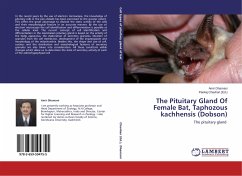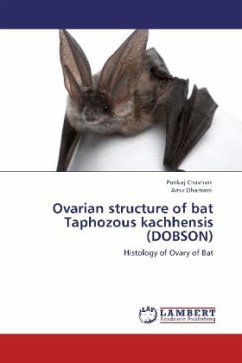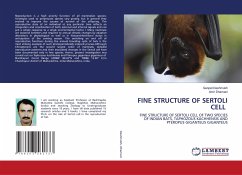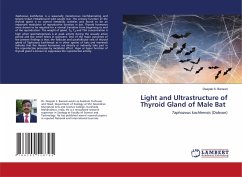In the recent years by the use of electron microscope, the knowledge of pituitary cells in the pars distalis has been perceived to the greater extent. This offers the great advantage to disclose the static activity of the cells and their morphological feature in an accurate manner. By the use of electron microscope the cell identification and differentiation is possible at the cellular level. The current concept of cell identification and differentiation in the mammalian pituitary gland is based on the activity of the Golgi apparatus, the elaboration of secretory granules, libration of granules from the cell membrane, development of the ergastoplasm and morphology of the mitochondria. Besides this, the shape and size of cell, nucleus and the distribution and morphological features of secretary granules are also taken into consideration. All these constitute visible changes which allow us to determine the state of secretory activity of each of the adenohypophysial cell
Bitte wählen Sie Ihr Anliegen aus.
Rechnungen
Retourenschein anfordern
Bestellstatus
Storno








